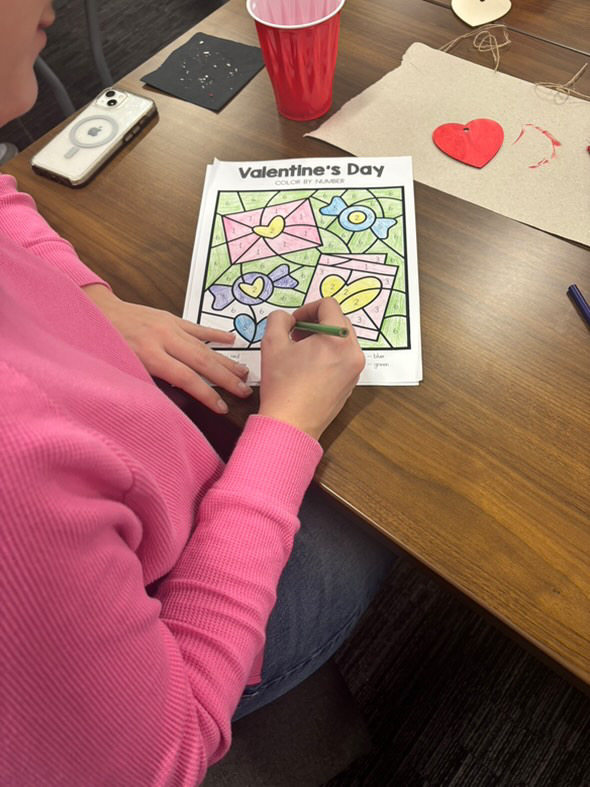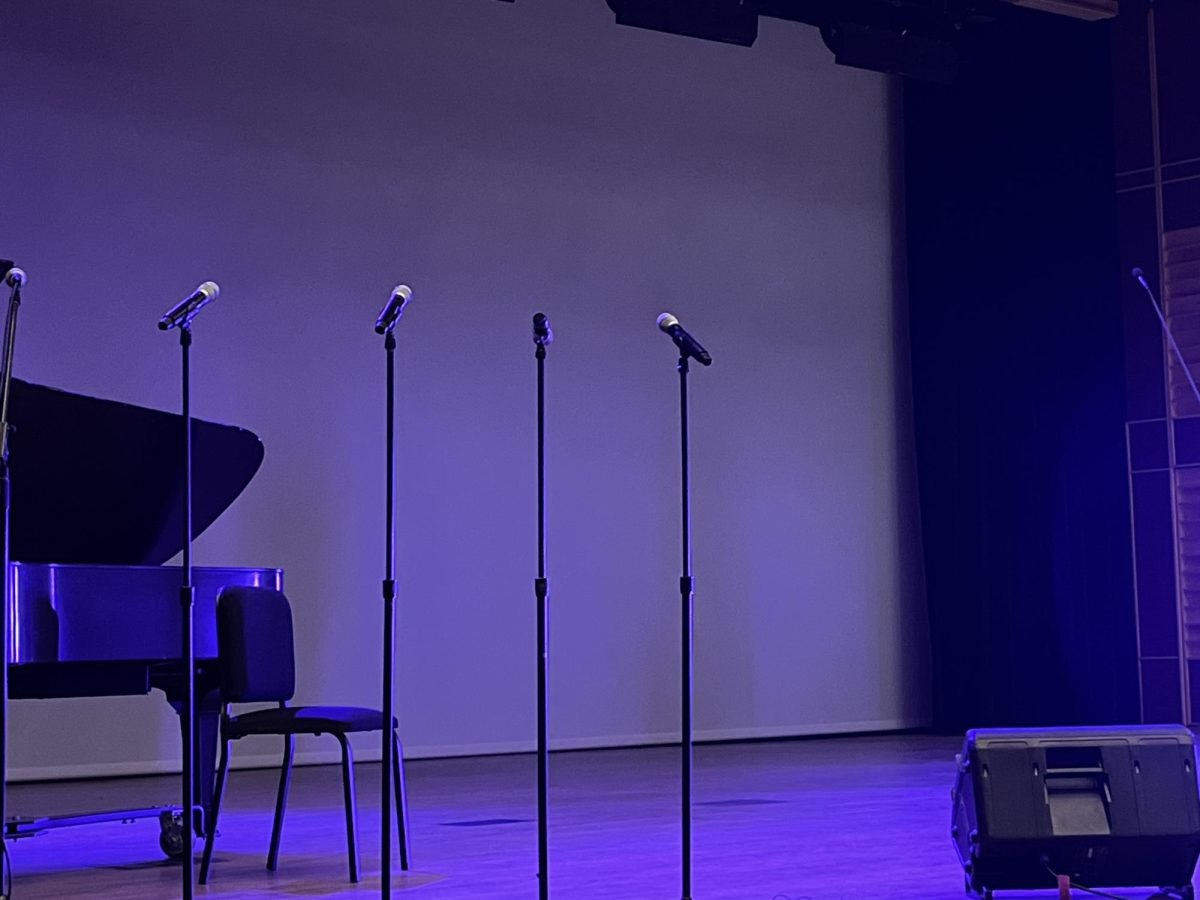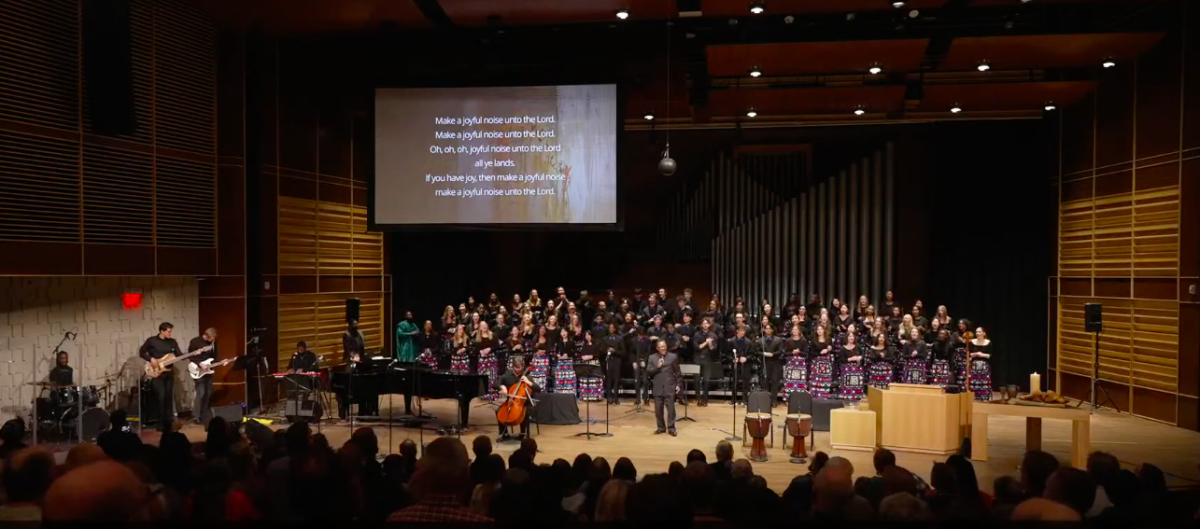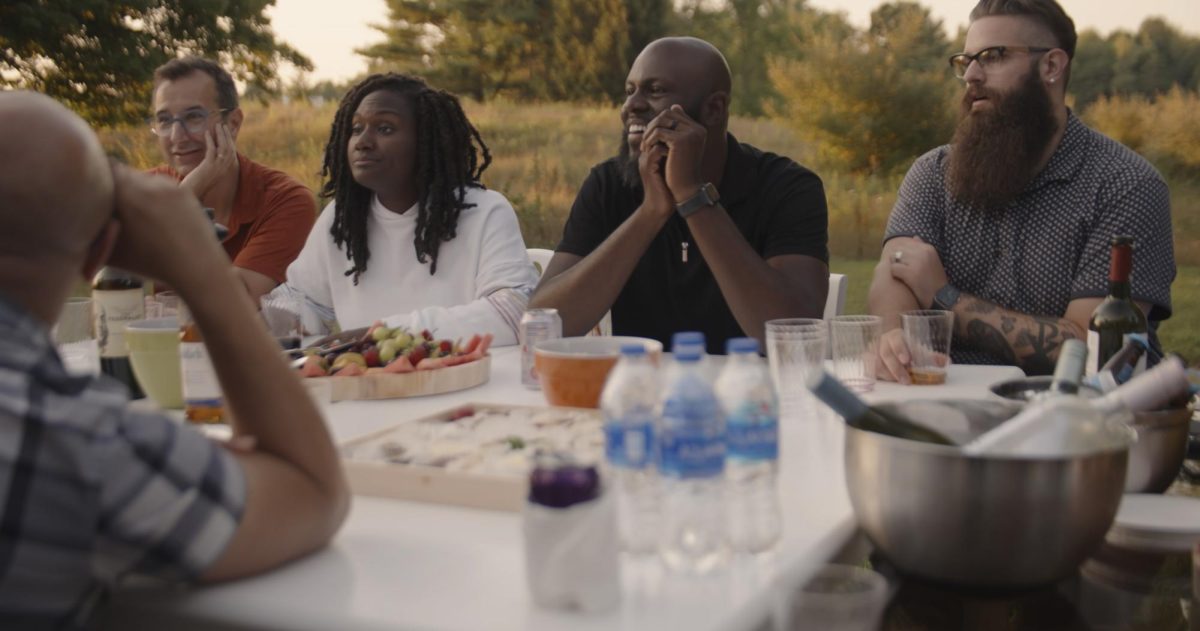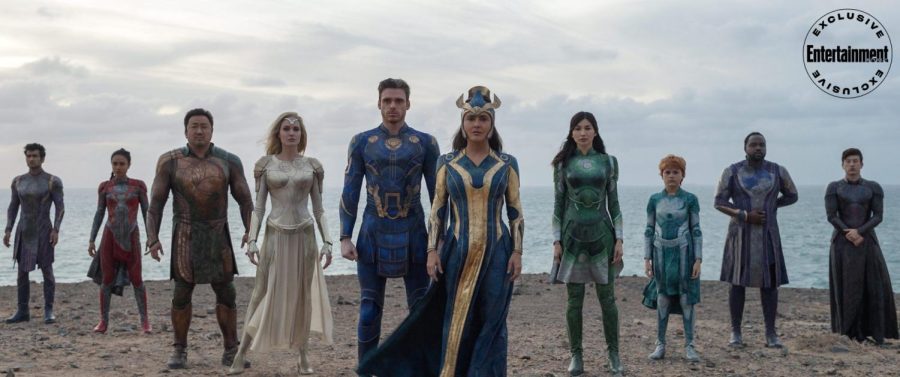To be honest, I felt a little out of place as I entered the cinema to catch an early Saturday matinee showing of Disney’s newest animated flick “Big Hero 6.” I was perhaps the only adult in the theater who didn’t come strapped with a little kid. However, I refused to let my discomfort get in the way of my enjoyment of the aspects that I have come to expect from a Disney movie.
Despite being solely a Disney product, “Big Hero 6” has all the hallmarks typical of a Pixar film: heart, lovable characters, endearing humor, and just enough innuendo to keep the older folks chuckling.
Based on the Marvel comic series of the same name, “Big Hero 6” is set in San Fransokyo, a city where gleaming Tokyo-style skyscrapers and dilapidated Asian restaurants converge alongside trolley cars and cafes. With the Golden Gate Bridge in the background, the setting is truly a blend of the modern and the futuristic, a merge of tradition and spectacle.
We are introduced to the 14-year-old Hiro, a crazy-haired, street-smart genius who already has his high school diploma. By day, Hiro is somewhat of a lounger who ignores his older brother Tadashi’s pleas to make use of his big brain. But by night, and unbeknownst to his brother, Hiro frequents the underground robot fighting scene, enticing champions with his youth and unimpressive looking bot to wager against him before revealing his bot’s secret and deadly fighting style.
After a run-in with the law, Tadashi invites Hiro to the “nerd lab,” the affectionate name for his college’s robotics laboratory. It is there that Hiro meets a rag-tag team of fellow geniuses: the stereotypical surfer dude Fred, the excitable Honey Lemon, the cautious Wasabi, and the girl with attitude, Go Go Tomago. It is here that our hero also meets his brother’s most prized creation Baymax. When not in use, Baymax rests collapsed in its charging station, but when it hears the word “ow,” it inflates into a white, tall, rotund, and huggable medical robot that looks like a cross between a bean bag chair and the Michelin Man.
Hiro is so taken with the sensitive Baymax that he becomes inspired to pursue a college career. He creates a new piece of robotic technology to enter at an upcoming robotics convention, in hopes of attracting the attention of the robotic lab’s head professor Callaghan. Tragically, a suspicious fire destroys the convention. In the process, Hiro’s brother and Callaghan are killed and Hiro’s technology (mentally-controlled microbots) is stolen. With the help of his brother’s friends and the re-programmed and armored Baymax, Hiro attempts to track down his brother’s killer and take back his robots before they can be used for evil.
The narrative structure of this movie is fast-paced and unsurprisingly predictable. Perhaps I’m being overly critical, but I feel as if Disney loses a lot of potential by ensuring that all their movies fit within the ideal narrative model. The obligatory formula consisting of the montage followed by triumph followed by the moment of deepest despair tends to get old after awhile, yet there are still good themes here. Concepts of self-sacrifice, grief, the importance of family and the sanctity of human life are explored throughout “Big Hero 6,” keeping the film relevant and stimulating for all generations. The final act, despite being a little underwhelming, is both emotional and heartening, and does a fine job of creatively connecting the dots between many of the film’s plot points.
Many fans of the animation genre will be more than familiar with the type of relationship present between Hiro and Baymax. The film draws similarities from other sources such as “The Iron Giant” and “How to Train Your Dragon.” For Hiro, who grew up an orphan and lived with his aunt, the protective presence of Baymax acts not only as a surrogate parent but as a memento of his deceased brother. Hiro sees, both literally and symbolically, all that his brother cared about and lived for poured into the design and personality of Baymax.
While “Big Hero 6” doesn’t quite measure up to some of Disney’s more recent fare, namely “Tangled” and “Frozen,” perhaps it wasn’t meant to; the characters are still sure to be embraced by audiences and the super-hero action is a relatively untouched frontier in animation. There is much potential here to expand on the hero concept and carry this story forward, and I would be surprised if we don’t get a sequel or two.




